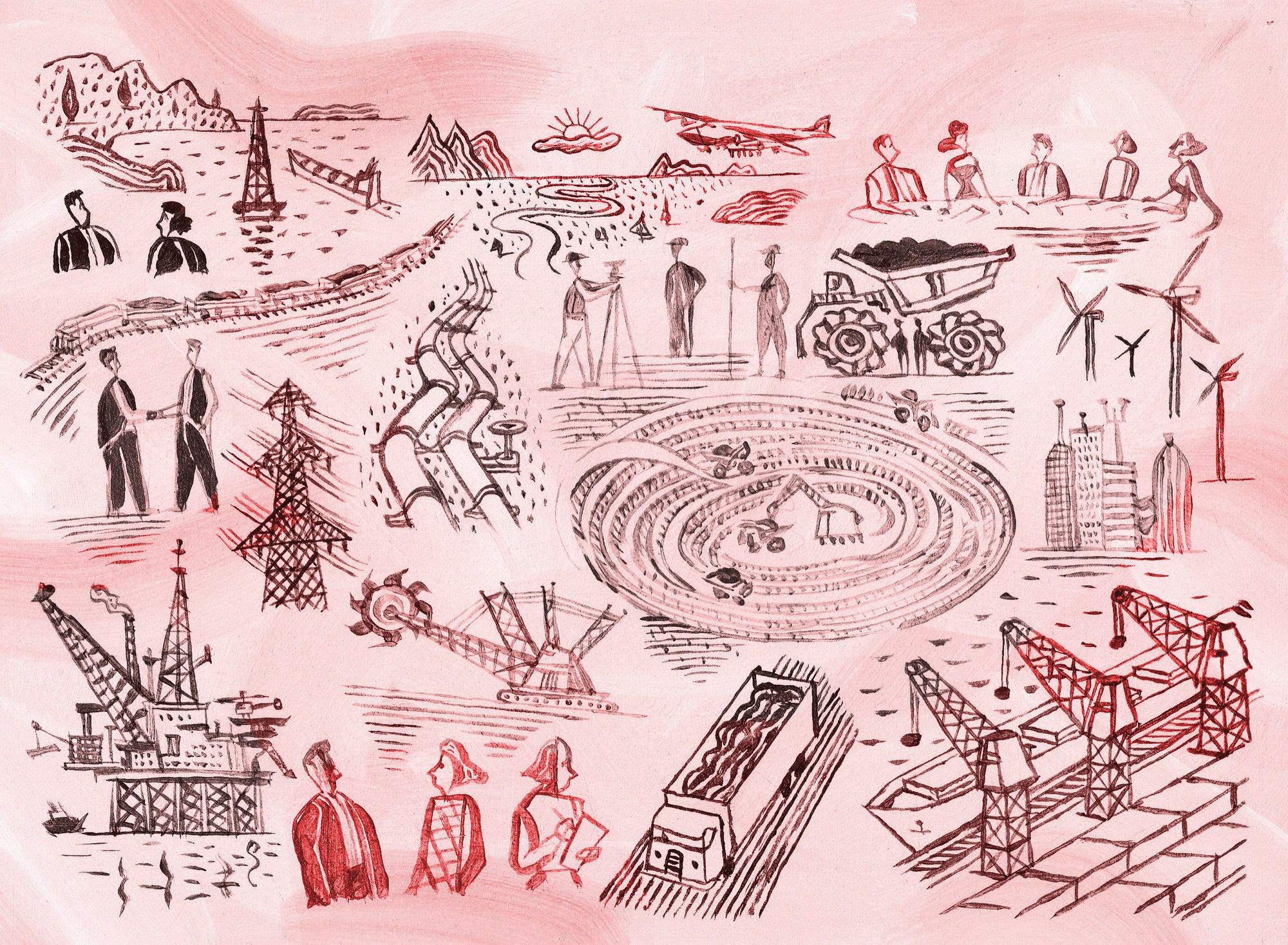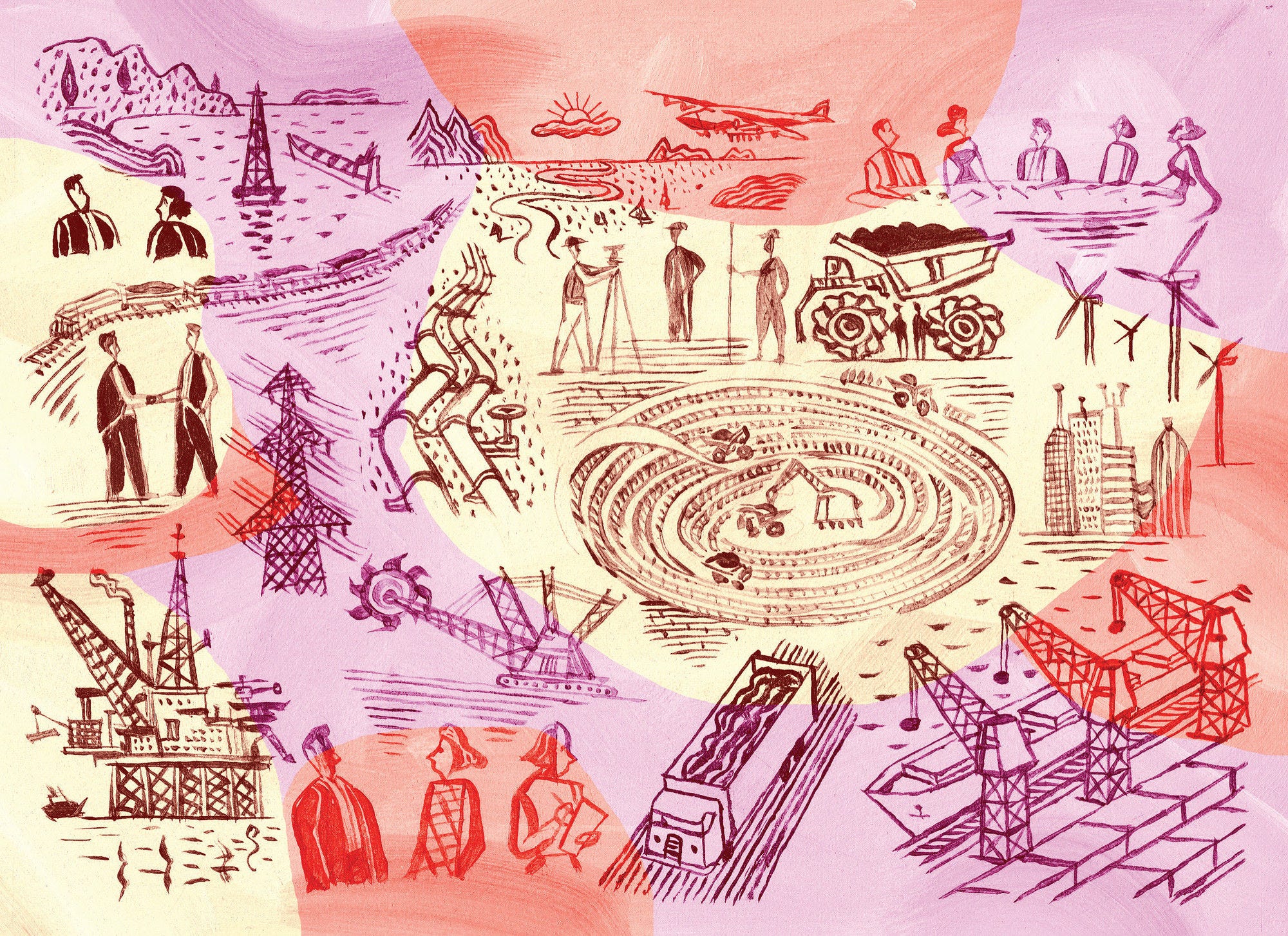Innovation is broader than science and technology, yet often statistics and government programmes narrowly focus on this type of innovation. In rural places, this is particularly relevant as not all firms have the capacity to be competitive in high-tech innovation. With around one in five Canadians living in Canada’s rural regions, better understanding how to promote broader notions of innovation for rural places by increasing entrepreneurship, including for women, advancing the green transition, and improving the provision of services is critical to boost rural productivity, and increase well-being standards. The report sets the scene for rural innovation in Canada, explores the policy and governance environment for key regional innovation initiatives, and includes a special topic chapter on green innovation in rural regions of Canada.
Enhancing Rural Innovation in Canada

Abstract
Executive Summary
Innovation is broader than science and technology, yet statistics and government programmes often narrowly focus on this type of innovation. This is particularly relevant in rural areas as not all firms have equal access to the same resources for high-technology innovation. With around one in five Canadians living in Canada’s rural regions, better understanding how to promote broader notions of innovation for rural areas is critical to boosting productivity and, in turn, well-being in rural communities by mitigating population challenges, improving rural service provisions, increasing entrepreneurship, including for women, and advancing the green transition.
Key facts
Although Canada is in the top quartile of OECD countries in terms of high-technology innovation (ranking 9th out of 37 OECD countries in terms of total patent applicants in 2020), it lags behind the OECD average on a per capita basis (Canada had 0.09 patent applicants per 1 000 inhabitants in 2020, compared to an OECD average of 0.14).
Like other OECD countries, Canada’s rural regions lag behind metropolitan regions in terms of patent intensity. And although the gap (0.08) over 2016-20 was lower than the OECD average (0.15), this in large part reflects Canada’s relatively low national performance (0.09 compared to an OECD average of 0.14).
On broader measures of innovation, Canada’s gross domestic expenditure on R&D was 1.7% of GDP in 2021, also below the OECD average of 2.7%. Rural areas also displayed lower performance, with 0.8% of firms reporting R&D activities, against the slightly higher rate of 1.1% in urban areas.
In 2019, labour productivity in Canadian rural areas (116 000 GPD per capita) outperformed the labour productivity in urban areas (112 000 GDP per capita). Compared with OECD TL3 regions, this trend runs counter to the relative trends between metropolitan and non-metropolitan regions. Furthermore, from 2011 to 2019, labour productivity was still growing in rural areas of Canada, but at half the rate as in urban areas (16% growth in rural areas and 36% growth in urban areas).
The rate of population decline in rural areas in Canada was higher (3.1%) than on average in OECD rural areas (2.3%) between 2000 and 2020. Canada’s population in non-metropolitan regions is also ageing faster than the OECD average in non-metropolitan regions. Between 2010 and 2020, the share of young working-age individuals (15 to 29 years) fell by 2 percentage points in non-metropolitan regions of Canada, compared to a fall of 1.1 percentage points in metropolitan regions. The decline in the share of young working-age individuals in Canada was greater than the OECD average in non-metropolitan (0.7 percentage points) and metropolitan regions (0.16). Thus in 2022, the average person living in a rural area in Canada was 2.5 years older than in urban areas.
Although there is a higher likelihood of starting a majority women-owned firm in rural areas compared to urban, these firms in rural areas are less likely to participate in R&D than their urban equivalents.
If the rate of new business creation in Canada’s rural areas had been on par with the rate in urban areas, there would have been 8 100 more (50% more) new firms in rural areas in 2018.
With a larger share of Indigenous peoples living in rural areas (around 60% in 2016), Indigenous entrepreneurship is an important dimension of rural innovation. The number of Indigenous businesses increased by 11% between 2009 and 2018. However, the number of non-Indigenous businesses increased by 17% over the same period of time.
In 2022, over half (52%) of total greenhouse gas emissions were due to production in remote regions of Canada. This share was significantly higher than the latest harmonised statistics on the average contribution of OECD rural regions (16%) available for 2018. At the same time, Canada’s most remote regions, including the Arctic and its coastal areas, are particularly vulnerable to climate change: some are warming at over twice the global rate.
Main recommendations
Based on the report’s Assessments and Recommendations (see Chapter 1), the following provide a summary of the main set of recommendations from the report.
Continue to support efforts by Statistics Canada to increase the availability of statistics on rural areas and adopt a broader definition of innovation. This would, for instance, entail facilitating access to and publication of harmonised statistics for both rural and urban areas that go beyond statistics in science and technology to capture the larger scope of innovation in the Oslo Manual, the international reference guide for collecting and using data on innovation.
Strengthen and develop the rural lens in innovation policy and programme design, for example by developing programmes that foster experimentation and continuous learning for community-led or private sector-led ventures, as well as public sector delivery.
Adapt innovation support that better fit demographics of rural communities, for example by conducting research to understand and address the challenges faced by women and Indigenous entrepreneurs in starting innovative companies and scaling-up.
Address governance challenges in delivering innovation services in rural areas with low density by focusing on building scale (such as through increased capacity for locally-based, grassroots or bottom-up programmes in rural areas such as the European Union LEADER programme), networks (such as rural leaders programmes, or incubators, accelerators or Fab Labs located near or within rural hubs) and linkages (such as through research-firm collaborations or initiatives to connect rural entrepreneurs to research institutes through one-stop shops). This can include considering a functional area approach to eligibility criteria for administrative boundaries of programme delivery, particularly in the northern provinces and territories.
Encourage innovation to combat climate change, for example by supporting diffusion and adoption of green innovation in rural communities through public procurement in clean technologies and green innovation.
In the same series
Related publications
-
 21 November 2024
21 November 2024 -
30 July 2024
-
 Country note10 July 2024
Country note10 July 2024








